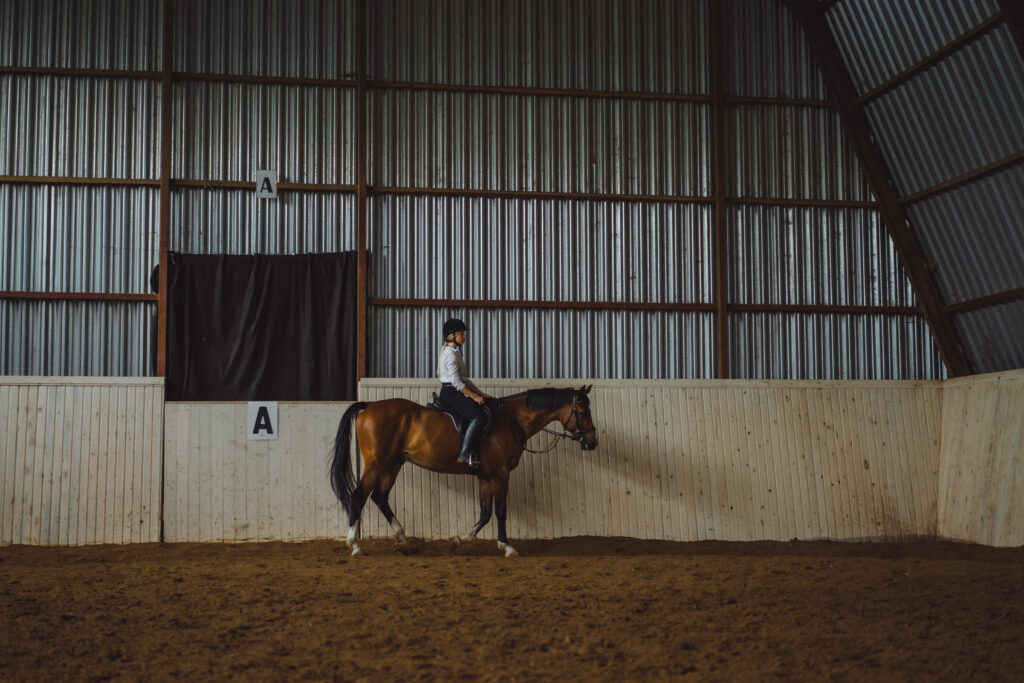Home > When your horse just doesn’t “feel right”
When your horse just doesn’t “feel right”
- March 15, 2023
- ⎯ Editors of EQUUS

Question: I’m worried about how my 16- year-old gelding is moving. He doesn’t look or feel lame, but his stride seems to have gotten increasingly shorter over the past year. Plus he’s reluctant to move off my leg. My veterinarian says he doesn’t see anything obviously wrong, but we haven’t done any radiographs or deeper diagnostics. My horse doesn’t compete or have to be a tremendous athlete; we just go out on the trail and do very small, local hunter shows. I don’t want to spend thousands of dollars on diagnostics. Yet I don’t want to keep riding him if he’s in pain. Where do we even start investigating and/or treating a vague “doesn’t feel right” sort of problem?
Answer: Thanks for asking this question—it is not as unusual as you might think. Having spent most of my career in the performance sector of the horse industry, I can confirm that many lameness assessments revolve around vague issues similar to those you are describing. That means there are veterinarians who specialize in specifically this type of evaluation. But if you don’t have such an expert readily available, you can do a bit of investigating on your own.
Lameness assessment
Start by spending 30 minutes a day working your horse in an area where the conditions will be exactly the same from day to day. Work the horse in both directions in all gaits and ask him to make tight circles. Do this for five days in a row so that the way your horse feels is burned into your memory. Then, give the horse five days off, with no work at all, and administer a regimen of phenylbutazone. (Assuming your horse is average sized, that would be 2 grams of bute once a day.)
“Bute” trial
On the last day of the “bute trial” take your horse to the exact same riding location as before and ride the same patterns in the same sequence and at the same speed. The goal is to be able to make a direct comparison between the pre-bute and the post-bute ride to determine if your horse feels better or not.
If your horse is better, this provides valuable information: His problem is responsive to bute and a short rest period. This, in turn, tells you that a specialized lameness examination would be worth-while. If your horse isn’t improved, it doesn’t mean you shouldn’t try to figure out what is going on, but it means the pathway will likely be longer and more complicated so you can be prepared for that process. Good luck.
David Frisbie, DVM, PhD
Colorado State University
Fort Collins, Colorado
David Frisbie, DVM, PhD, is a professor of equine surgery at Colorado State University’s Equine Orthopaedic Research Center. He specializes in orthopedics and sports medicine. He is a Diplomate of the American College of Veterinary Surgeons and a Founding Fellow in Minimally Invasive Surgery (Large Animal Orthopedics) and Diplomate of the American College of Veterinary Sports Medicine and Rehabilitation. Frisbie’s areas of specialization include orthopedic research and surgery, therapies for osteoarthritis, and the use of biologic therapies, especially stem cells, for the treatment of musculoskeletal injuries.





